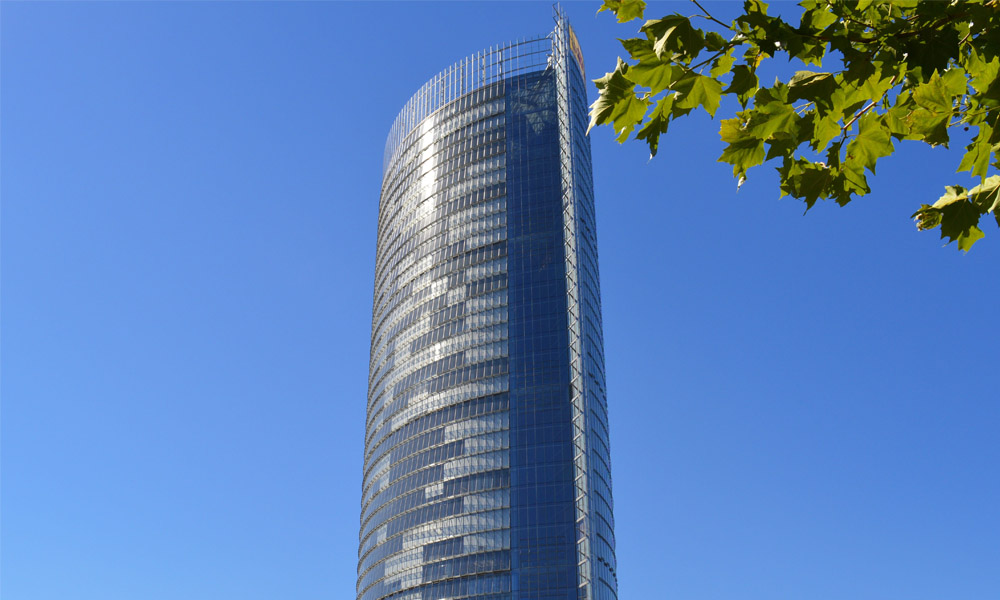

Understanding the Price Dynamics of Low-E Glass
Low-emissivity (Low-E) glass has gained prominence in the construction and renovation sectors due to its energy efficiency and insulation properties. As environmental concerns grow and the demand for sustainable building materials increases, understanding the pricing dynamics of Low-E glass becomes essential for both consumers and industry stakeholders. This article delves into the factors affecting the price of Low-E glass, its benefits, market trends, and future outlook.
What is Low-E Glass?
Low-E glass is a type of energy-efficient glass that has a special coating designed to reflect infrared light while allowing visible light to pass through. This characteristic significantly reduces the amount of heat that enters or escapes a building, making it an excellent choice for energy-efficient windows. There are two main types of Low-E coatings passive and reflective. Passive Low-E coatings are optimal for cold climates, while reflective coatings are better suited for warmer climates.
Factors Influencing Low-E Glass Prices
1. Raw Material Costs The production of Low-E glass involves a variety of raw materials, including silica, soda ash, and limestone. Fluctuations in these materials’ prices can impact the overall cost of Low-E glass. Additionally, the specialized coating materials required for Low-E technology may also cost more than traditional glass production inputs.
2. Manufacturing Process The process of applying Low-E coatings is specialized and differs from traditional glass manufacturing. The application of these coatings can involve complex technologies like magnetron sputtering or pyrolytic processes, which can add to the overall production cost.
3. Market Demand The demand for Low-E glass has surged in recent years, driven by a growing emphasis on energy efficiency, sustainability, and green building certifications such as LEED. As demand continues to rise, it can lead to short-term price increases, especially if supply cannot keep pace.
4. Building Codes and Regulations Increasingly stringent building codes aimed at reducing energy consumption can drive up demand and prices for Low-E glass. Regions implementing stricter energy efficiency standards may find that Low-E glass becomes more sought after, consequently affecting pricing dynamics.

5. Global Supply Chain Issues Events such as natural disasters, geopolitical tensions, or economic sanctions can disrupt the supply chain, affecting the availability of Low-E glass and its components. Such disruptions can lead to price hikes due to supply shortages.
Market Trends
The Low-E glass market has seen significant growth due to heightened awareness of energy efficiency and sustainable construction practices. In recent years, more homeowners and builders have recognized the long-term savings associated with energy-efficient windows, leading to increased investments in Low-E glass installations. Furthermore, the introduction of advanced Low-E technologies has broadened the product offerings available, catering to diverse consumer needs.
Additionally, the rapid urbanization witnessed in many parts of the world contributes to the demand for energy-efficient solutions in new construction projects. Developers are increasingly opting for Low-E glass as a standard feature in residential and commercial structures to comply with green building certifications, further boosting market growth.
Future Outlook
Looking ahead, the demand for Low-E glass is expected to continue rising. With ongoing advancements in technology, manufacturers are likely to produce more cost-effective and high-performance Low-E products, which could help stabilize prices over time. Additionally, government incentives and rebates for energy-efficient home improvements could also spur further adoption of Low-E glass.
However, potential challenges remain. Economic fluctuations, raw material shortages, and supply chain disruptions could impact pricing and availability. Moreover, competition among manufacturers could lead to price wars, potentially lowering costs but also affecting profit margins.
Conclusion
Low-E glass represents a significant advancement in building materials, contributing to energy efficiency, sustainability, and comfort. While the pricing of Low-E glass is influenced by various factors, its benefits make it a worthwhile investment for homeowners and builders alike. As market dynamics evolve and technology advances, Low-E glass is poised to play an essential role in the future of construction, aligning with global sustainability goals and energy efficiency standards. Understanding the pricing trends and market factors will enable consumers and industry stakeholders to make informed decisions as they navigate this growing sector.